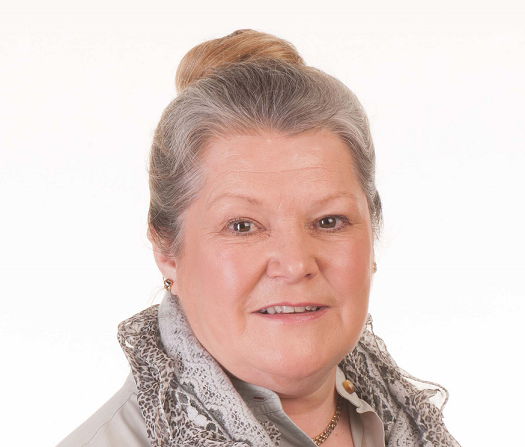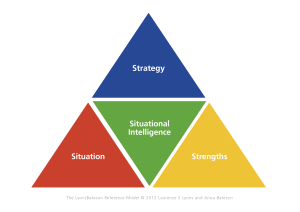This is the moment to thank the many individuals who collaborated and contributed to the Governance Leadership Programme (GLP) over the past twelve years. With publication of the Governance Hot 100 2023 it is wonderful to once again see Alumni among the nominees and winners.
Back in 2010, prompted by enquiries from my clients, I approached the Joint Managing Directors of the Institute of Chartered Secretaries and Administrators’ (ICSA’s) commercial business. We discussed the need for The Institute to provide non-technical personal development for senior, experienced professionals. The GLP was co-designed to enable individuals to develop Situational Intelligence™. Participants were provided with opportunities to reflect on how they thought, decided and behaved in the situations they faced. Providing facilitated conversations in trusted groups and peer and professional coaching, the programme reached a global alumni of governance professionals drawn from CGIUKI and Europe, Africa, Asia, North and South America. With a focus on currency and practicality, GLP encouraged hundreds of individuals to be curious and brave.
Among the many inspiring colleagues, speakers and hosts who shared their own stories and insights, special mention goes to:
Will Booth who co-designed the programme and bought so many people together in this valuable collaboration.
Simon Osborne who was an active and enthusiastic sponsor and advocate.
David Venus and Charis Evans who were among the gracious hosts.
Chris Moon who excited and challenged each group to explore their own resilience.
Victoria Whyte, David Press, Jeremy Small, David Gracie, Annemarie Durbin, Rob Bellhouse and Lyn Coloff who were among the many wise and generous speakers.
Ten of the best #GLPWisdom
- People always remember how you made them feel #GLPWisdom
- The biggest limit in life is the way you choose to think #GLPWisdom
- Understand your strengths and reputation #GLPWisdom
- Be easy to deal with, a capable and safe pair of hands #GLPWisdom
- Understand the language of the boardroom #GLPWisdom
- With difficult people find out why they are behaving like that and work on an accommodation #GLPWisdom
- Flex your style to fit the situation #GLPWisdom
- Create the opportunity for healthy tension and robust debate #GLPWisdom
- Be curious, learn continuously and know what is coming up #GLPWisdom
- Build your support network #GLPWisdom
Thank you all.
Anna Bateson,
Founder of Cutting through the Grey
GLP Programme Director









